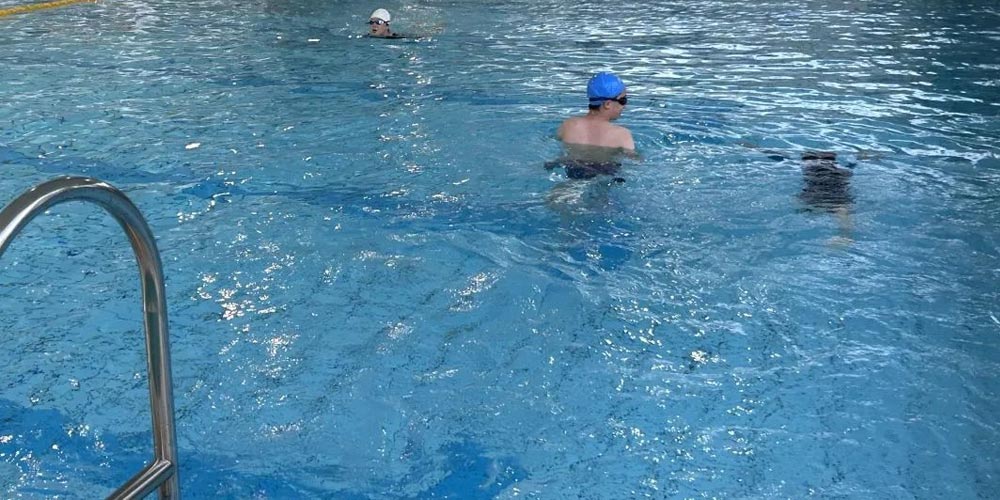Chlorine and algaecides are both commonly used chemicals in water treatment and each has different uses. Understanding the differences between the two and their respective mechanisms of action is critical to making the right choices in water disinfection and algae control. Let’s dive into the details to help you make an informed decision.
Chlorine is primarily used for disinfection and is a popular choice for water treatment facilities worldwide. However, it’s worth noting that while chlorine is commonly associated with water disinfection, other compounds such as sodium dichloroisocyanurate (SDIC) or trichloroisocyanuric acid (TCCA) are actually more commonly used for this purpose. Various forms of chlorine attack and kill harmful microorganisms present in water, such as bacteria and viruses.
The mechanism of action of chlorine-based disinfectants involves the formation of active chlorine substances such as hypochlorous acid (HOCl) and hypochlorite ion (OCl-). These active substances attach to and oxidize microbial cells, effectively neutralizing them and rendering them harmless. However, chlorine also forms chemically bound chlorine substances (so called combined chlorine), such as chloramines. When there is too much combined chlorine in a pool, it not only results in a reduction of the pool’s disinfecting ability, but also gives indoor pools an irritating chlorine odor, which is hazardous to the respiratory health of pool users.
On the other hand, algaecides are specifically designed to inhibit the growth of algae in a body of water. Algae are aquatic plants or bacteria that can proliferate rapidly in still or slow-moving water, resulting in unsightly green blooms and potentially compromising water quality. Algaecides work by inhibiting the growth of algae cells or killing them completely.
The mechanism of action of algaecides may vary depending on their active ingredient. Some algaecides work by preventing the uptake of essential nutrients by the algal cells, while others may destroy the cell structure or interfere with photosynthesis, the process by which algal cells convert sunlight into energy.
It is important to note that while algaecides can be effective in controlling algal growth, they do not address the underlying causes of algal blooms, such as nutrient overload or poor water circulation. Therefore, it is critical to address these issues in conjunction with algae control efforts. In addition, algaecides take a long time to work, usually taking several days. If there is already obvious algae growth, it is faster to use chlorine shock to eliminate them.
After using an algaecide, dead algae must be removed from the water column. Dead algae decay and release nutrients, which promotes further algae growth, creating a vicious cycle. Therefore, it is important to remove dead algae in a timely manner, either by physical removal or by using appropriate chemicals that aid in decomposition.
In conclusion, chlorine and its derivatives are excellent for water disinfection and killing harmful microorganisms, while algaecides are specifically designed to control algae growth. The best results can be achieved by using both together, rather than pinning your hopes on a single product.Understanding the mechanism of action and knowing when to use each product is key to achieving optimal water quality. It’s important to remove the dead algae promptly, either through physical removal or by using suitable chemicals that aid in their breakdown.
Post time: Jun-07-2024

